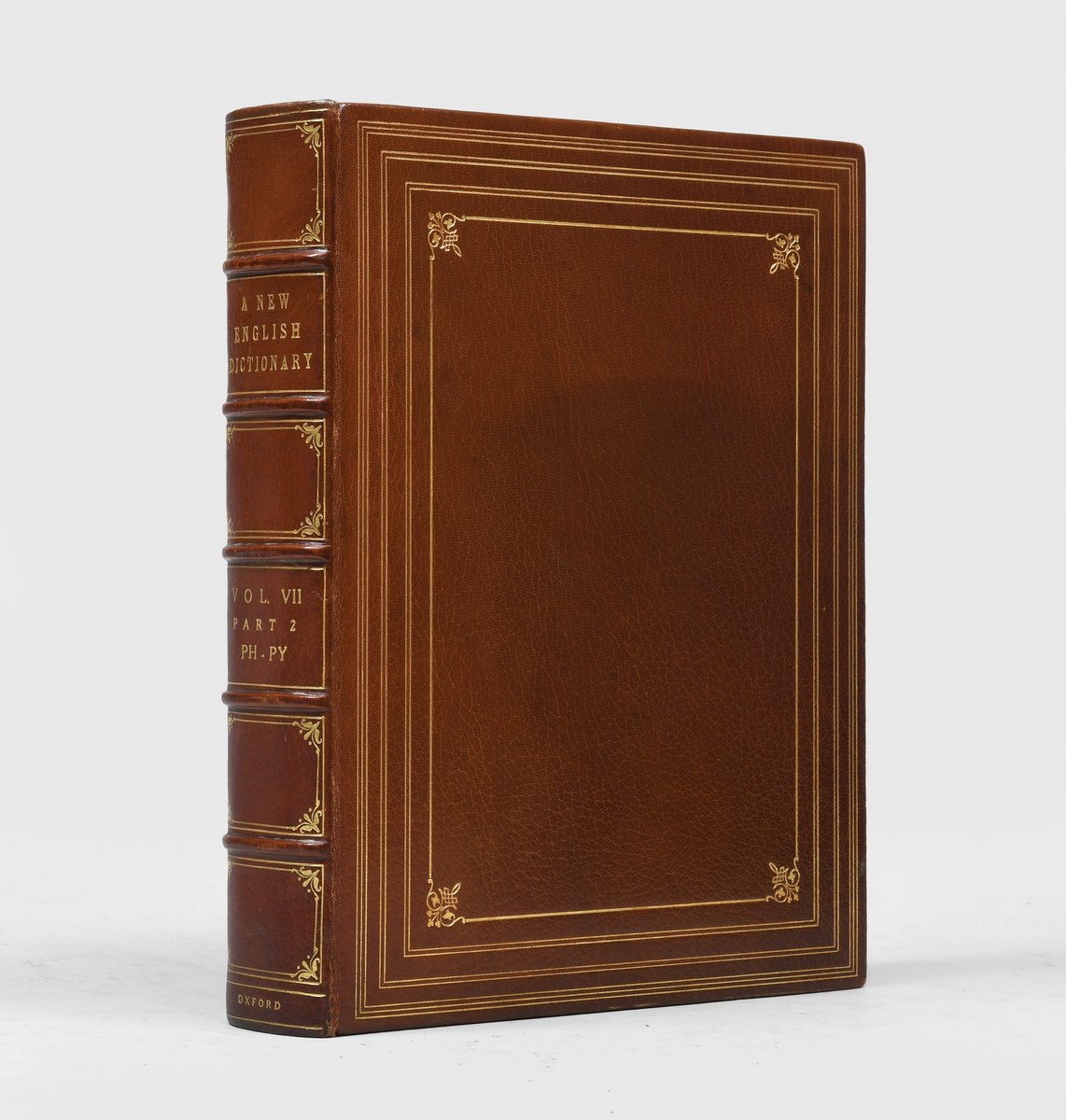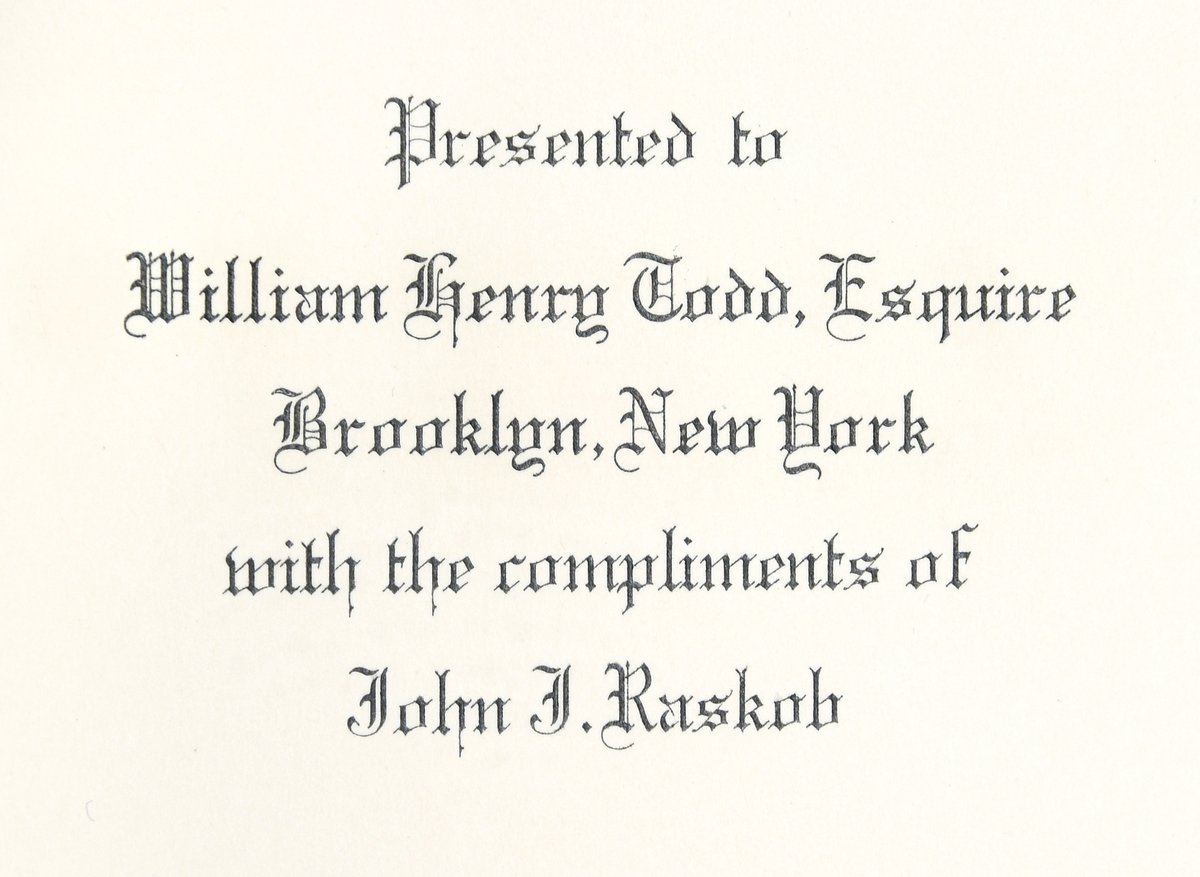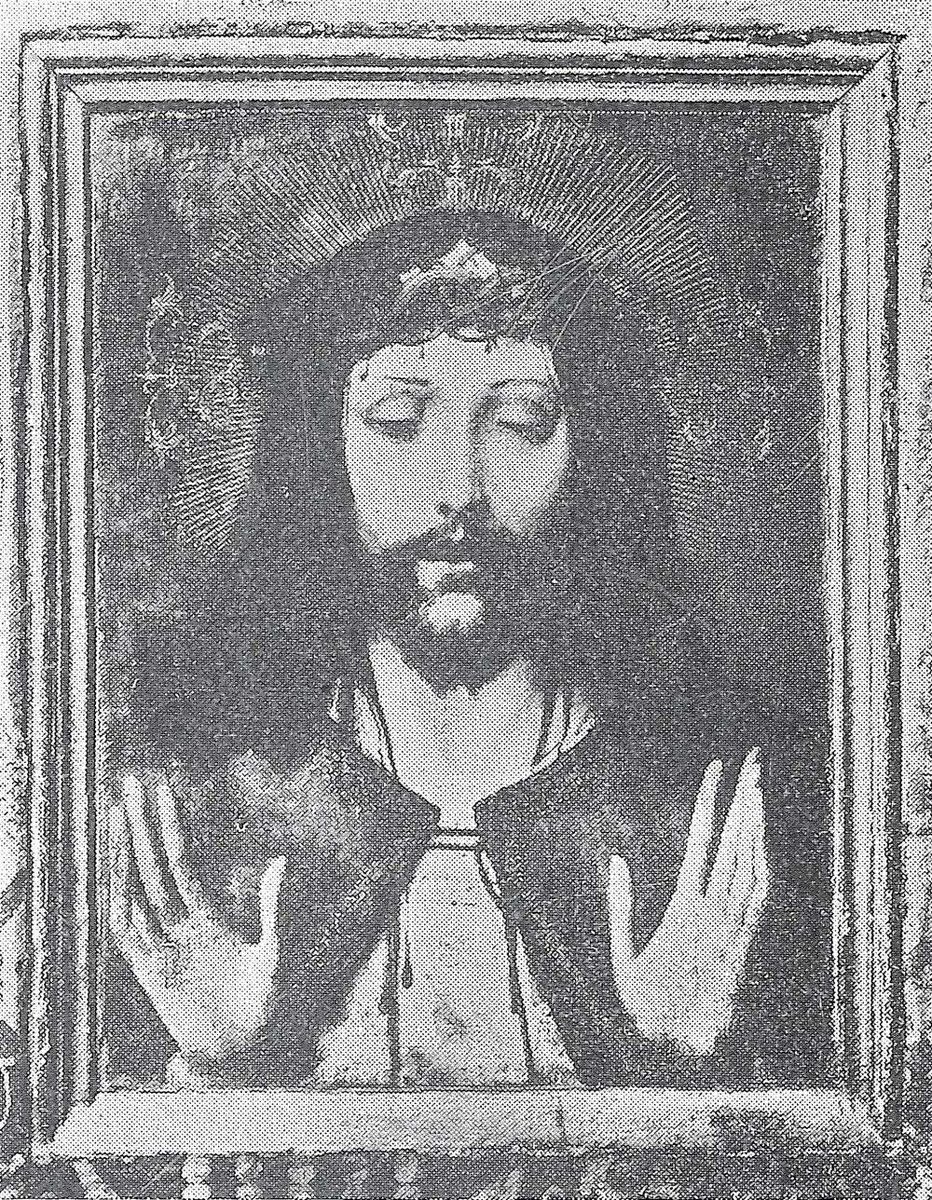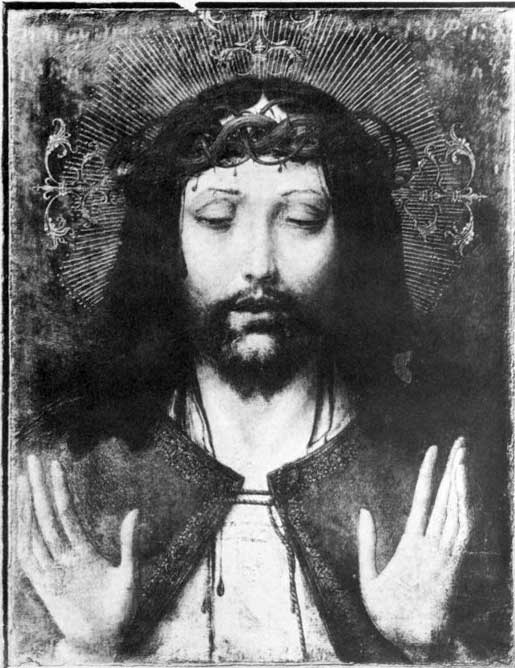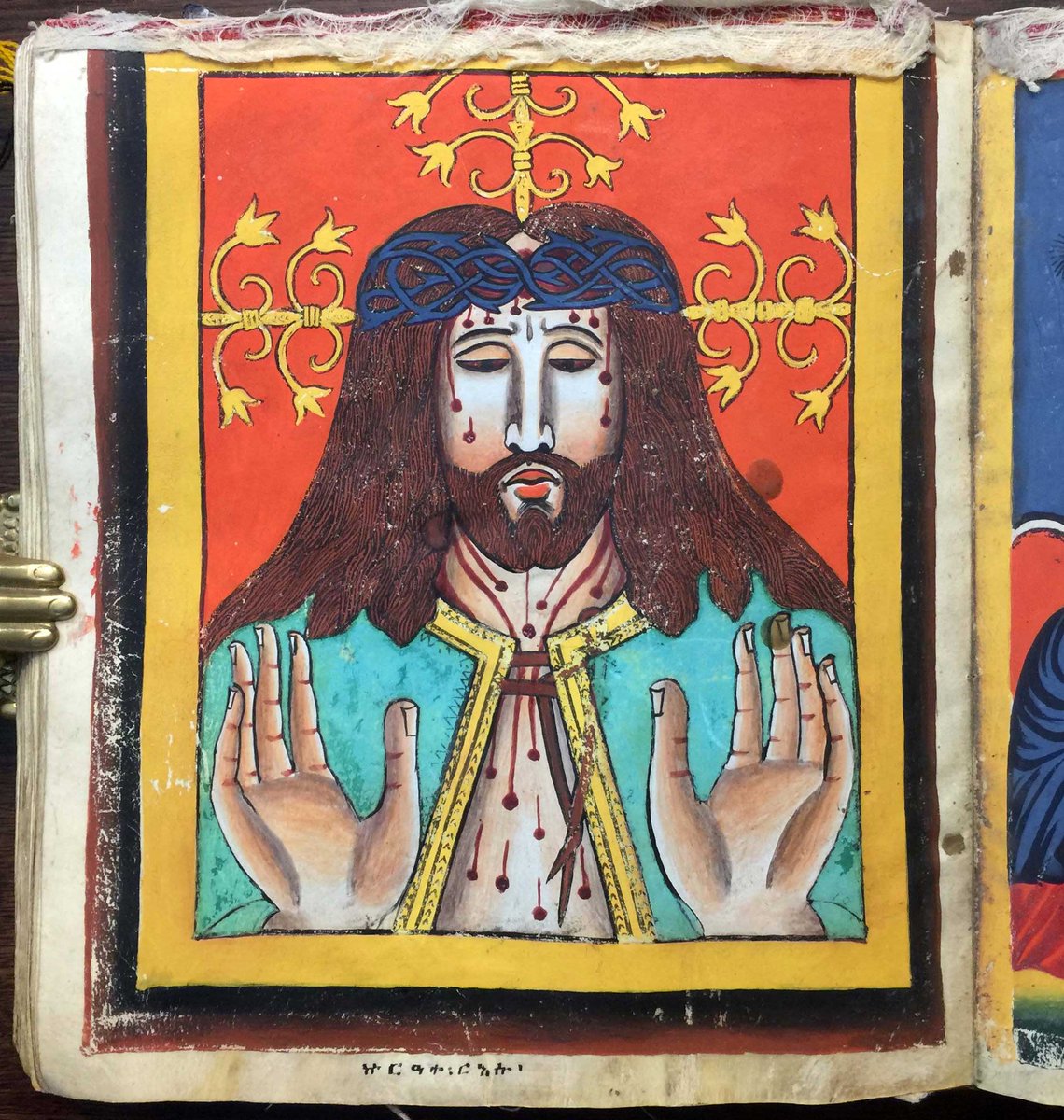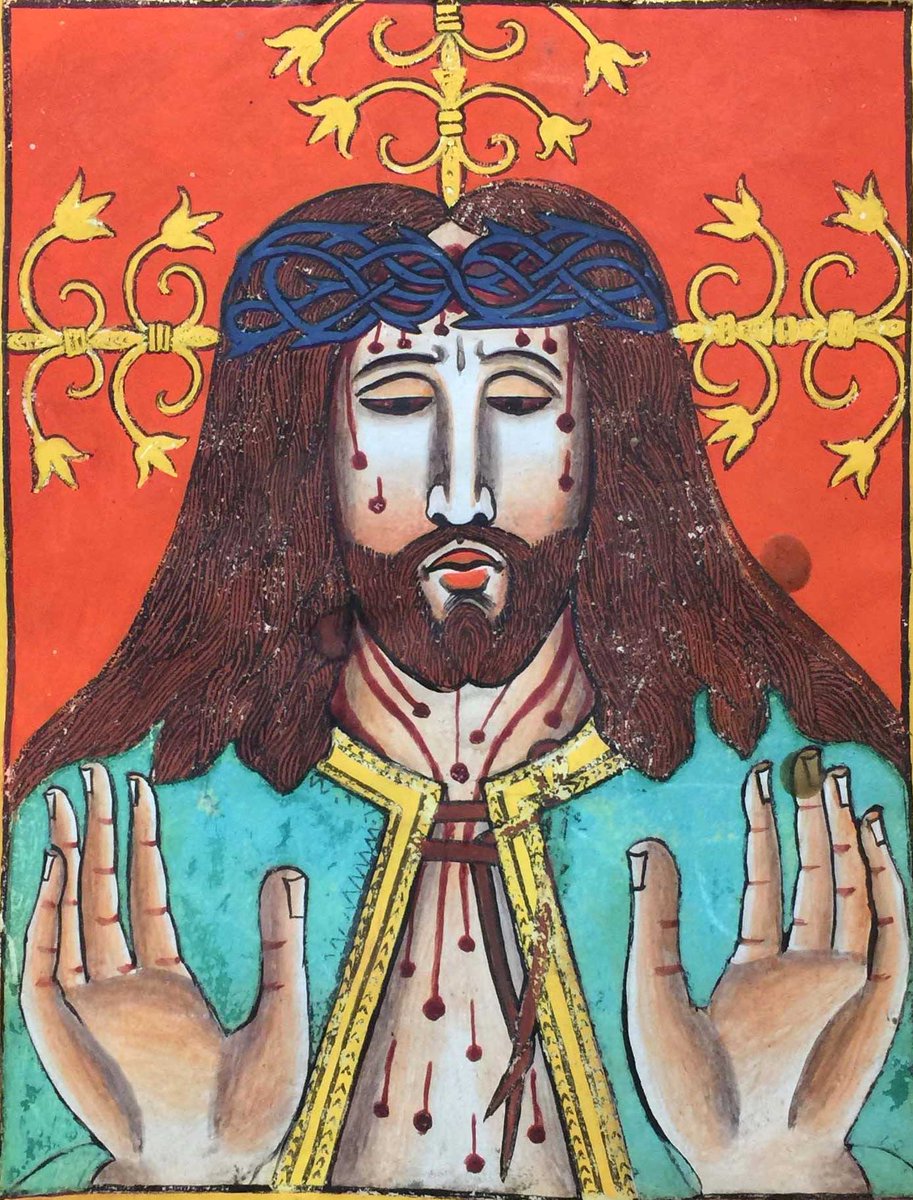
The Yao manuscripts called "guo shan bang" are translated by Alberts as "Passport for Crossing the Mountain". They are also called "Yao charters."
These fascinating docs trace the origin of the Yao people from Panhu, the mythical dragon-dog who transformed into a man. 1/11
These fascinating docs trace the origin of the Yao people from Panhu, the mythical dragon-dog who transformed into a man. 1/11

This is not a religious text. It is, rather, a charter issued under the Southern Sung emperor Li-tsung (Lizong) in 1260. It confirms twelve Yao clans in the possession of their lands and recalls the legend of their divine ancestor, P’an-ku (Pangu) or P’an-hu (Panhu). 2/11 

The Passport is the single most important Yao document, and examples have been found in Yao villages throughout South China, and as far south as Northern Thailand. Such documents are copies of the original Passport issued in 1260, the origin of which is no longer certain. 3/11
The Passport claims to be imperially sanctioned and issued to the ancestors of the Yao people, granting them freedom from taxation, and the need to pay obeisance to local officials, as well as the right to sovereignty over the myriad mountains and grottoes under heaven. 4/11 

In addition to its textual narrative, the Passport is decorated with varied imagery, which all serves to highlight the narrative effect of the document. The primary scene shows a ceremony with Emperor Ping, invoking the Yao origin myth. 5/11 

Emperor Ping stands in the top center of this scene surrounded by imperial seals and Daoist talismans, with a servant on his right holding an umbrella and a servant on his left holding a fan. 6/11 

Below him, in the foreground of the scene, are the twelve original descendents from whom all Yao tribes spring. They are lined up in a row in two groups: the six boys on one side and the six girls on the other. 7/11
Large red Imperial seals appear intermittently throughout the body of the Passport, and they are stamped at quite specific places. There are usually seals covering the names of important historical, mythical, and religious figures. 8/11 

Virtually every time the names, Emperor Ping or Panhu appear, either in the central narrative scene or in the main body of text, imperial seals are also included. Moreover, the opening words of the main body of text are also stamped. 9/11 

The words that open the main body of text, "I zhen (imperial I), the Emperor Lizong, in the 12th month of the twelfth year of the Jingding reign period [1260], re-issue this document to the descendents of the twelve Yao families..." 10/11 

Only Yao leaders could possess the passport. The anthropologist, Horleifur Jonsson has called the Passport: "a rare prestige object which enables a leader to take off with followers to a new domain. As such, the scroll makes a leader out of whoever has a copy of it." 11/11 
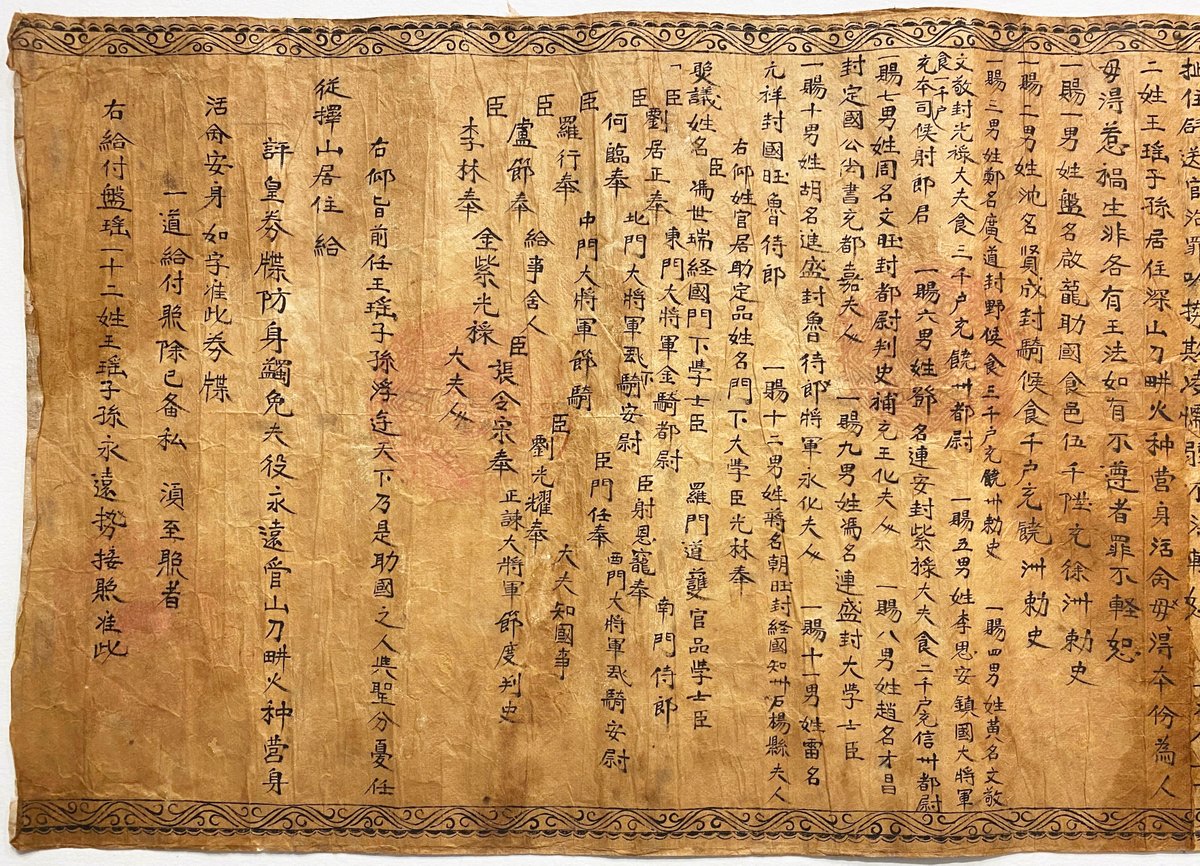
Recommended further reading:
Jacques Lemoine, Chien Chiao - The Yao of South China, Editions de l'A.F.E.Y, 1991.
Höllmann & Friedrich - Botschaften an Die Gotter: Religiose Handschriften Der Yao. 1999.
Eli Alberts - A History of Daoism and the Yao People. Cambria Press, 2007
Jacques Lemoine, Chien Chiao - The Yao of South China, Editions de l'A.F.E.Y, 1991.
Höllmann & Friedrich - Botschaften an Die Gotter: Religiose Handschriften Der Yao. 1999.
Eli Alberts - A History of Daoism and the Yao People. Cambria Press, 2007
These Yao charters are fascinating, but of course, we in the West are far too sophisticated now to believe in talismanic historic documents that confer ancient rights and embody the origin myth of our peoples. #MagnaCarta #UnitedStatesDeclarationOfIndependence 







• • •
Missing some Tweet in this thread? You can try to
force a refresh

